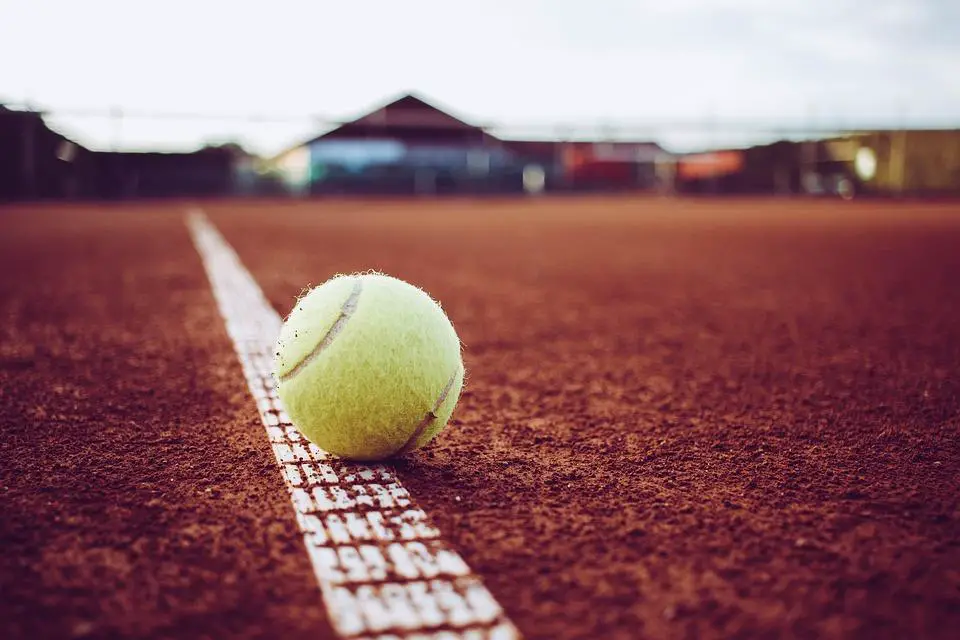The rising number of tennis courts has opened up innovative and creative ways of building and resurfacing, which are cost-effective and faster than previous construction methods.
Tennis courts are versatile and able to be constructed in a wide range of places. Be it in schools, recreational centers, or in your backyard; the construction process can take a small amount of time.
Tennis courts construction cost range from about $20,000 to $50,000, depending on the court’s location and size. The type of amenities in the court also influences the overall cost, and permits and taxes may cause an additional bump in the budget.
So, what does tennis court construction entail?
Requirements for tennis court construction
It is advisable to build a tennis court that meets the local tennis court industry’s recommended standards.
Type of surface
Tennis courts are distinguished by the type of surfaces they have. There are four main surfaces, namely:
- Hard-court: This court comprises concrete and asphalt foundations covered by acrylic and rubber at the top. This gives the court its lightest blue appearance and an overall smooth surface. Hard-court is best for indoor and outdoor uses, and its soft texture offers constant bouncing of the ball.
- Carpet: This court is designed mainly for indoor use due to external weather conditions. The carpet material depends on the tennis hall, and it is primarily a mix of both the hard court and grass textures. The carpet offers a grip to the floor, making it hard for the player to slip and fall. This type of court is not entirely popular, especially in professional tournaments.
- Clay: This court surface is characterized by its orange-reddish color and is mainly for outdoor tennis courts. Its loose rough surface reduces the risk of injuries and enables a smoother glide with tennis shoes. This court is best suited for baseline players concentrating on powerful shots to get the maximum capabilities of the rough surface.
- Grass: Being initially the main tennis court surface, grass courts are still ordinary around the world. Be it natural grass courts or artificial grass courts, the game’s speed is relatively faster on these courts. However, it is paramount to ensure that the height of the grass is short to prevent it from obstructing the speed of the ball. The grass acts as a cushion to the ball, encourages easy glide and fewer joint injuries to the player.
The ongoing modernization of sports construction has also given rise to revolutionary surfaces such as granules which are sometimes used as court surfaces and provide a textured finish. The type of surface hugely determines the overall playing style and provides a base for subsequent resurfacing options.
Size of the court
Tennis courts come in standard sizes, which are used to mark the size of the court. A classic tennis court is rectangular and consists of baselines and sidelines. The standard length is around 78ft, while the width depends on the game’s variant. For instance, a court of single players will be about 27ft, while a double court will be 36ft in width. The court is then halved by a net of a height of around 3ft from the ground. The service lines create the service boxes, which run parallel through the court on each side, dividing the two halves equally. The outer zones should also be considered, as the distance from the baseline to the fence should be around 21ft. Therefore, with measurements of 60ft and 120ft, you should have a standard tennis court.
Construction process
The entire construction process is vital in ensuring maximum longevity and benefits to the user. For instance, understanding the court’s surface’s importance will enhance its quality and reduce frequent resurfacing. It is essential to acquire the standard building permits before construction.
The standard tennis court comprises five layers starting with the building ground, the bottom layer after excavation. The excavation can go down to about 14inches depending on the ground level. The next layer is the filter layer which is designed to provide drainage. Plastic drainage pipes are later placed to capture water from the top, and a barrier is placed on the base. It is best to maintain a slope of the ground to enable proper drainage. Concrete or gravel is later filled into the space to allow water to drain out.
The base layer comprises filling up space with granite or lava stones to a depth of around 4 inches or 150mm thick. For clay courts, a layer of rough stones is placed to prevent the clay from moving. The rocks are later pressed together with a roller to create a firm base. The fence posts are drilled into the foundation to develop an edge and structure for the court.
The dynamic layer consists of broken or lava stones rolled out for about 16mm to 20mm. The top layer is then laid out and straightened. The top layer material is dependent on the type of court that is required.

